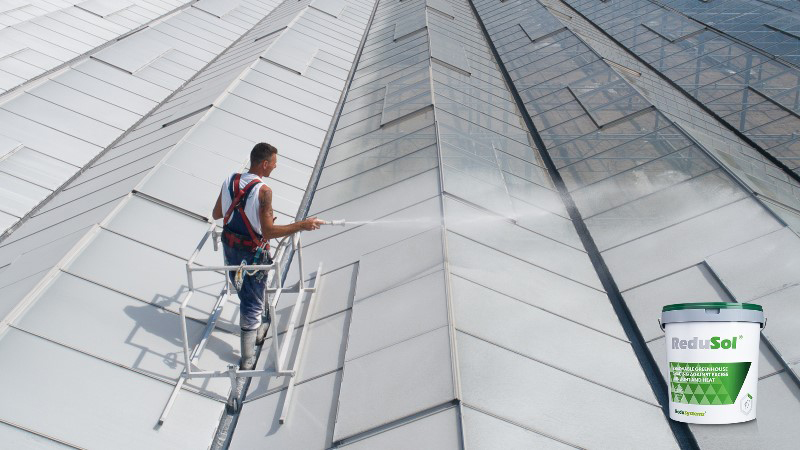Looking To Improve Tomato Production? Check Out These Research Breakthroughs
We took a look at the most recently published research on tomato production to learn how growers can improve their crops.
So, which tomatoes take heat the best? Two separate studies came out in February 2021 looking at how heat impacts tomato crops.
Heat Study No. 1
Researchers from Texas A&M conducted a multi-stepped study to see which varieties can still produce in high heat conditions. In phase one, the team screened 43 varieties to select those with high-yield results in the open field. Eighteen made the cut.
They tested those 18 varieties in a controlled environment greenhouse. For three months, one group of tomatoes had to perform with temperatures ranging from 75°F to 93°F, while the control group had ideal temperatures of 68°F to 78°F. They measured chlorophyll levels, plant height, stem diameter, and where each variety fell on the heat injury index.
The team then took varieties that performed best with indoor heat and moved them to phase three — back to open field production. They measured each variety’s leaf gas exchange, leaf temperature, chlorophyll fluorescence, SPAD (Soil Plant Analysis Development) value, electrolyte leakage, heat injury index, and yield.
Which varieties tolerated heat the best? ‘Heatmaster’ (Seminis), ‘New Girl’ (Johnny’s Selected Seeds), ‘HM-1823’ (HM.CLAUSE), ‘Rally’ (Sakata Vegetable Seed), ‘Valley Girl’ (Johnny’s Selected Seeds), ‘Celebrity’ (multiple distributors), and ‘Tribeca’ (multiple distributors).
STUDY: Exploring Morpho-Physiological Variation for Heat Stress Tolerance in Tomato, Feb. 12, 2021
BY: Samikshya Bhattarai, Joshua T. Harvey, Desire Djidonou, and Daniel I. Leskovar
Heat Study No. 2
Researchers from the Royal University of Agriculture, Cambodia, and Kansas State University studied how 11 different genotypes performed in both optimal and high temperature open field and greenhouses conditions. Two of those genotypes were local Cambodian types. They noted both growth and yield for each.
Which performed best? “Genotypes CLN1621L, CLN2026D, CLN3212C, and KK1 had consistently greater fruit yield per plant in all growing conditions,” the researchers report.
The local genotype, Neang Tamm, had lower yield under optimal conditions, but it performed moderately well under high-temperature field and high-temperature greenhouse conditions. Yield decrease under high temperature condition was minimal, the researchers report.
According to study results, two genotypes ultimately performed best under high temperatures.
“Genotype CLN1621L had stable fruit setting compared to other genotypes under high-temperature conditions. Since fruit setting and yield are important traits for heat tolerance, genotypes CLN1621L and Neang Tamm are potential candidates for breeding programs focused on improved yield and heat stress tolerance,” researchers say.
STUDY: Response of Tomato Genotypes under Different High Temperatures in Field and Greenhouse Conditions, February 27, 2021
BY: Sophoanrith Ro, Leangsrun Chea,Sreymey Ngoun, Zachary P. Stewart, Siranet Roeurn, Penghieng Theam, Sathya Lim, Rathana Sor, Meas Kosal, Malean Roeun, Kim Sreang Dy, P. V. Vara Prasad
To learn about a study that shows how bacterial spot outbreaks spread, continue reading at GrowingProduce.com.









